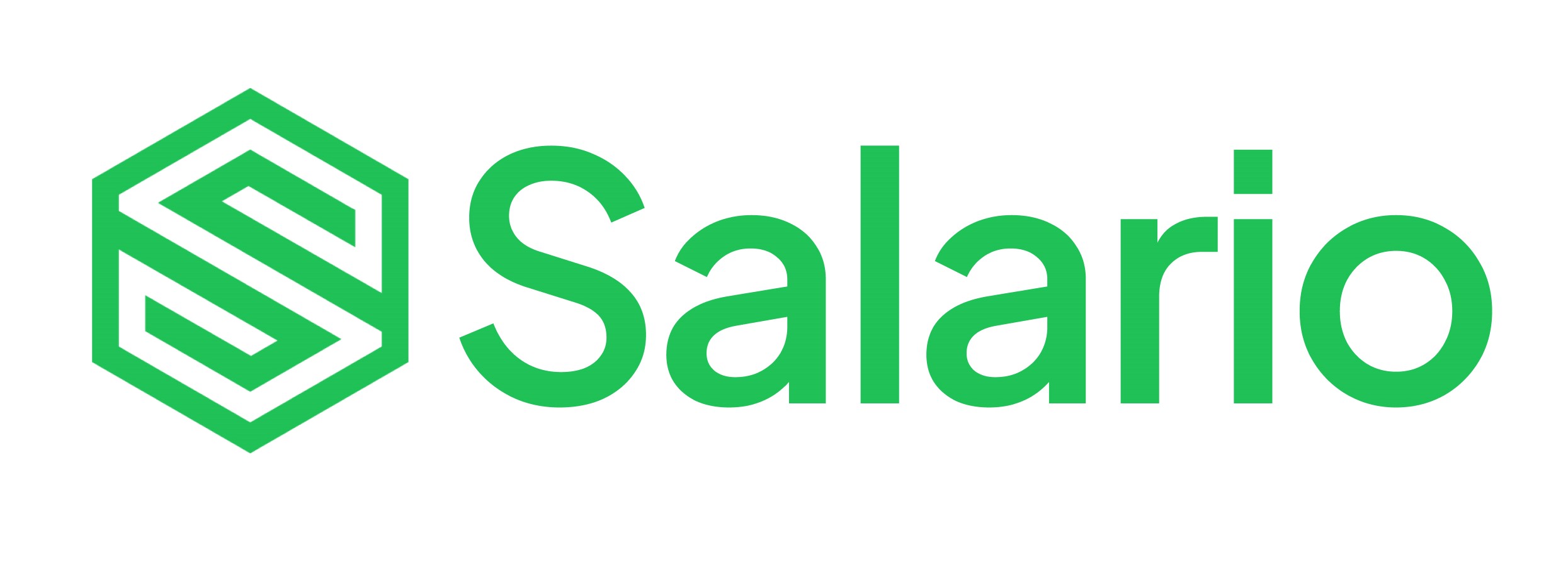
Late salaries, tax infractions, and fines, and data breaches can ruin a company in the long run and can all be tied to how well your company’s payroll is managed. Every business should pay attention to its payroll management system, which is the lifeblood of running your business properly. It is vital to get some things right to manage your payroll effectively, and we have identified a checklist of best practices to ensure that your payroll runs without itches. While our list is not exhaustive, we highlight the essential best practices you need to start and properly manage your company’s payroll, so if you are a payroll officer, human resource manager, or CEO in charge of your company’s purse and disbursement, then this is for you.
13 best practices for effective payroll management.

Establish clear policies and procedures.
Having clear policies that guide how salaries and other benefits are paid and how taxes are to be deducted is an important step in efficient payroll management. Your company policies should not just dictate what you will do but should also outline steps to achieving such goals. Procedures for vital payroll tasks like benefits payment, tax calculation, wage calculation and deductions, time tracking, and more should be properly put down and made available to employees. This increases company integrity and transparency and helps to clear doubt in cases of misunderstanding.
Keep accurate employee records and update them frequently.
Employee records are critical for proper payroll management; they help to improve accountability, and these vital details can make tax deductions and benefit payments smoother. Unfortunately, it is not a one-and-done deal but requires consistent updates. Many companies only collect employee data at the point of employment, but it should not end here. A change of address should be updated, a recent health incident should be recorded, and more. This makes it easier to hand out benefits, exemptions, and more. Doing this manually can be a hassle, but payroll software like Salario has dedicated employee portals, allowing employees to update their profiles themselves under the supervision and sometimes approval of the HR managers or CEOs. This lifts the burden of those in charge of updates and simplifies payroll processing.
Be invested in your payroll staff.

Beyond keeping records, HR managers and company heads should invest in their HR and Payroll staff. Constant training and seminars on industry-related fields and other areas can differentiate between an effective payroll system and an ineffective one. Employers should also look out for training and seminars that will benefit their entire staff.
Conduct payroll audits at intervals.
Payroll audits are great for any company. They help to keep a company’s books in check, identify discrepancies, and cross out errors. Payroll audits should not be a flash-in-the-pan occurrence; rather, internal audits should be scheduled frequently. These audits can help with matters like employee misclassification, tax filing errors, and more. External audits should also be employed as they are usually unbiased and offer fresh insight into a company’s account. Regarding the frequency, we would advise at least two internal payroll audits and one external one during the year.
Always prepare payroll early.
This applies to any company; whether you run a small business with 5 to 6 employees or over a thousand employees, always prepare your payroll early. Do not wait until the last minute before reviewing your employee data for the month. Ensure that your HR manager or payroll officer has already started payroll processing as soon as possible. In the US, processing a company’s payroll takes about 5 days on average. This would vary depending on the type of employee, the payroll processing method, the labor laws regulating employee payments, and other factors. So as not to disappoint your employees, begin payroll processing at least a week before payments are expected.
Treat data security with urgency.
Payroll data security is one of the hottest topics regarding trends in the tech space, and you should be very aware of the implications for your employees. The data you collect and collate during your employees’ terms with your company can be damaging if they get into the wrong hands. You must secure their data to ensure payroll functions smoothly and properly. Invest in top-tier cybersecurity measures and train your employees to implement data safety protocols. Furthermore, good payroll management software reduces the risk of data breaches.
Don’t play catchup on regulatory matters.
Laws constantly change and can radically affect how your company treats its employees. As a vital staff in the payroll management process, you should be abreast of existing regulations and the latest developments regarding labor regulations. This will keep your company from unnecessary fines and can help improve your company’s image before the public. You can easily keep abreast of the latest regulations through the help of quality payroll software.
Invest in reputable payroll software.

This should not be taken lightly. A key difference between an effective payroll management system and one fraught with errors and unhappy employees is the kind of software they use. A good payroll software can help you implement all these best practices, cutting your stress in half. If you have noticed errors in your manual payroll process, then switching to a payroll software is a must, as studies have shown that payroll software options reduce errors by 31%.
Optimize payroll service to fit employee needs.
Payroll processing is employee-centred and should cater to your employees as much as possible. Most of the services offered by a company are customer-focused, and the company ensures that the customer journey to booking a consultation session, buying a product, or signing up on an email list is as easy as possible; this same energy should be applied towards your employees when it comes to payroll processing. You should ensure that your software has an employee dashboard that makes them part of the process and makes it easy for them to submit complaints and feedback.
Procure accurate timekeeping systems.
This depends on your employment agreement with your employees, but if you are a global company, then this definitely applies to you. Ensure that your company invests in trustworthy timekeeping software options. These help you track work hours, which is reflected in the payroll process.
Work with a reasonable budget and payroll cash flow.
Payroll is crucial to a business’s health and should be treated as such. Planning your company’s payroll and preparing an appropriate budget to manage your payroll’s cash flow is a good sign that your payroll process will be efficient. If you don’t have a budget, then you won’t be able to regulate your payroll spending. A budget helps you plan for each of your employees and considers their key metrics throughout their work period. Furthermore, a proper budget will allow your company to manage cash flow better to service employee salaries and other benefits.
Seek out tech-inclined solutions for payroll challenges.
Manual payroll is a tedious affair. While it might seem more detailed, the opposite is true, as it is prone to more errors. When you are looking for solutions to arising payroll issues, be willing to invest in tech-inclined solutions. They’re usually faster, more accurate, and more future-proof than old or manual payroll solutions.
Conclusion.
Getting your payroll right from the foundation of your business may seem like an impossible task, but this vital task is doable. There are more tips to encourage effective payroll management, but with these, you are well on your way to building a fireproof payroll management system.
